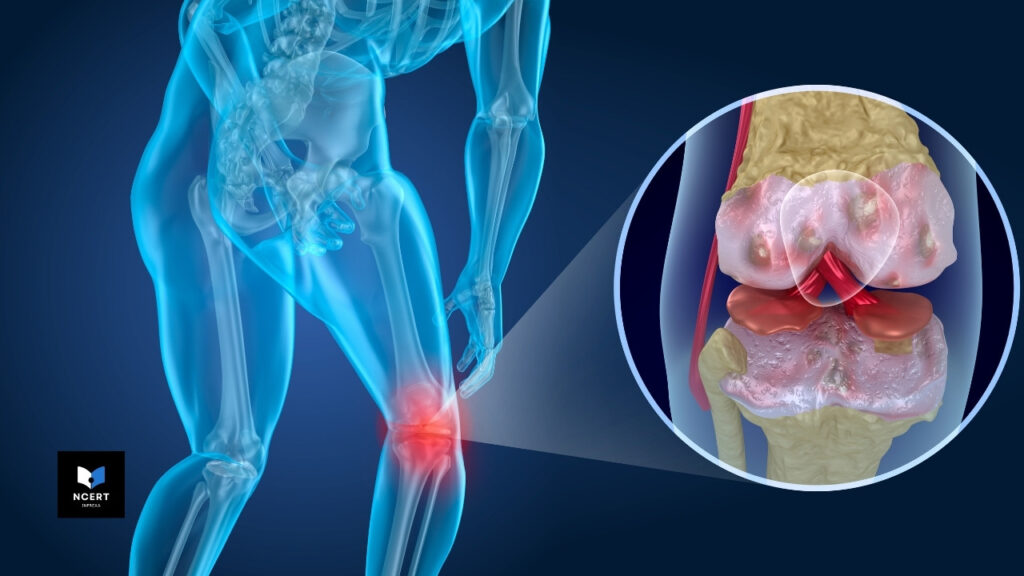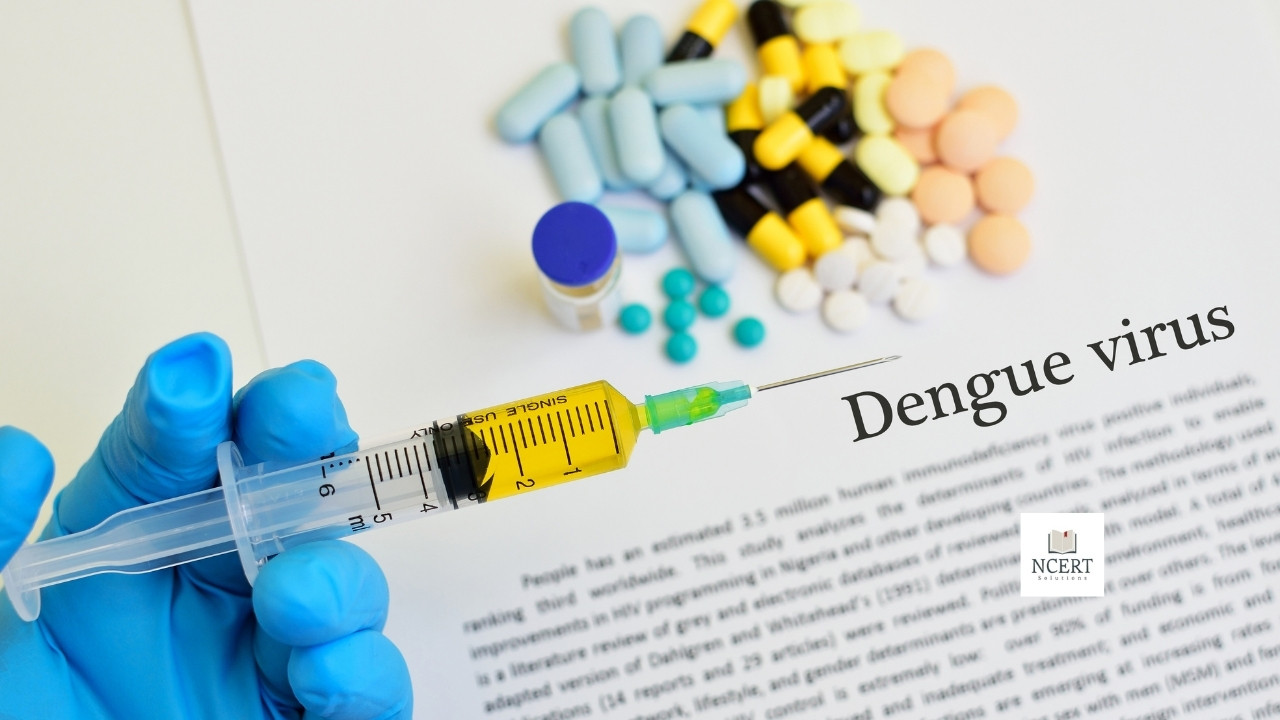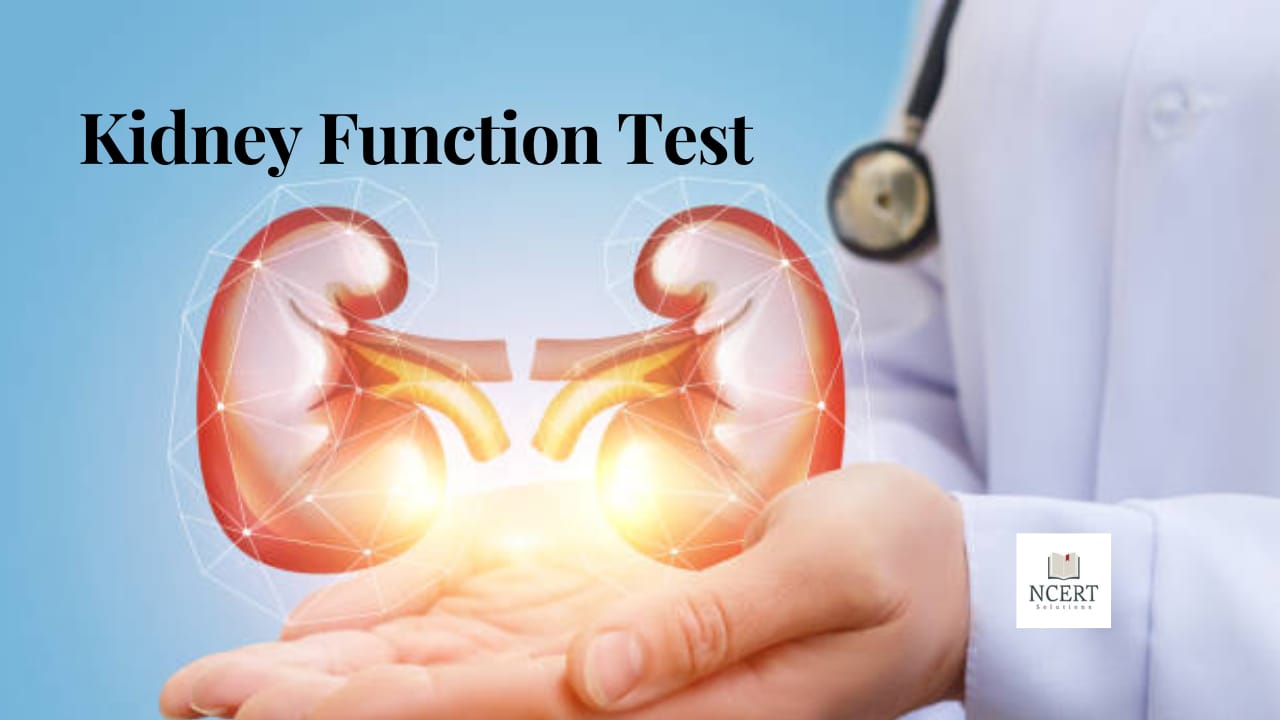A CT scan or computerized tomography is a form of X-ray, it is also known as commutated axial tomography (CAT).
Most CT scans are done to detect the symptoms of diseases related to different parts of the body.
What is CT Scan
Computerized tomography scan (CT or CAT scan) uses computers and X-ray machines to produce cross-sectional pictures of the body.
These images provide information better than normal X-ray pictures. These can show soft tissues, blood vessels, and bones in different parts of the body.
CT scans are used to take inside pictures of many parts of the body. This includes:
- Head
- Shoulders
- Spinal cord
- Heart
- Abdomen
- Knee
- Chest, etc.
During a CT scan, you are made to lie down in a tunnel-like machine. After this, the parts inside the machine are rotated and pictures are taken from different angles.
These images are sent to a computer, where they can be aggregated to make 3-D pictures of a particular area of the body.
What is the purpose of a CT Scan
CT scans have many uses, but they are especially great for diagnosing diseases and evaluating injuries.
Its imaging technology can help your doctor:
- Diagnosis of infections, muscle disorders and bone fractures
- To learn about the location of the tumor (including cancer)
- Assessment of the number of internal injuries and internal bleeding
- Monitor the effects of treatment for certain medical conditions, including cancer and heart disease.
It takes very little time to get this test done. In doing this the body is not pierced in any way.
During this
CT scan is a very common procedure. So let us know what happens during the process of the CT scan –
- If you need to have an abdominal or buttock scan, you may be asked to drink the liquid dye. You will drink the first portion of the drink immediately upon arrival to check in. After that, drink a little after 30 minutes and the rest an hour later, before the test.
- The dye may also be given to you by injection into the arm or hips.
- You will need to wear a hospital gown and lie on a table during the test.
- A needle is inserted by inserting a dye into a vein in your arm. You may feel excitement or warmth for some time.
- Lie down during the scan without moving.
- You may also be asked to hold your breath several times during the scan.
- The table moves a little after each scan.
What are the risks?
CT scan is a test that detects many types of diseases, But it can also have some side effects.
So let’s know about them –
- The risks associated with a CT scan are very low. Yes, but with a CT scan, you are exposed to more radiation than with an X-ray.
The risk of cancer from radiation is very low if you only have one scan. Your risk for cancer may increase over time if you have had multiple X-rays or CT scans.
Children who have CT scans have an increased risk of cancer, especially of the chest and abdomen.
- Some people may be allergic to contrast dye. Most contrast material contains iodine, so tell your doctor if you’ve been allergic to iodine before. If you are allergic to iodine, your doctor may give you allergy medicine or steroids.
- If you are pregnant or think you may be pregnant, tell your doctor before the test.
- Go on time for this test as it takes 15-20 minutes. If you have an abdominal or pelvic scan, you will need to stay up to 2 hours longer to drink the liquid dye.
What do the results of CT Scan mean
Normal Result:
If there is no problem with your body structure or organ in the scan, then the result in the CT scan will be normal.
Abnormal Result:
The CT scan has been done to examine any part of the body, and based on that the severity of the abnormal result is decided.
Any irregularities found in the scan are clearly mentioned in the report.
Still, you should contact your doctor to understand the CT scan report and they should help you understand the report based on your condition.




